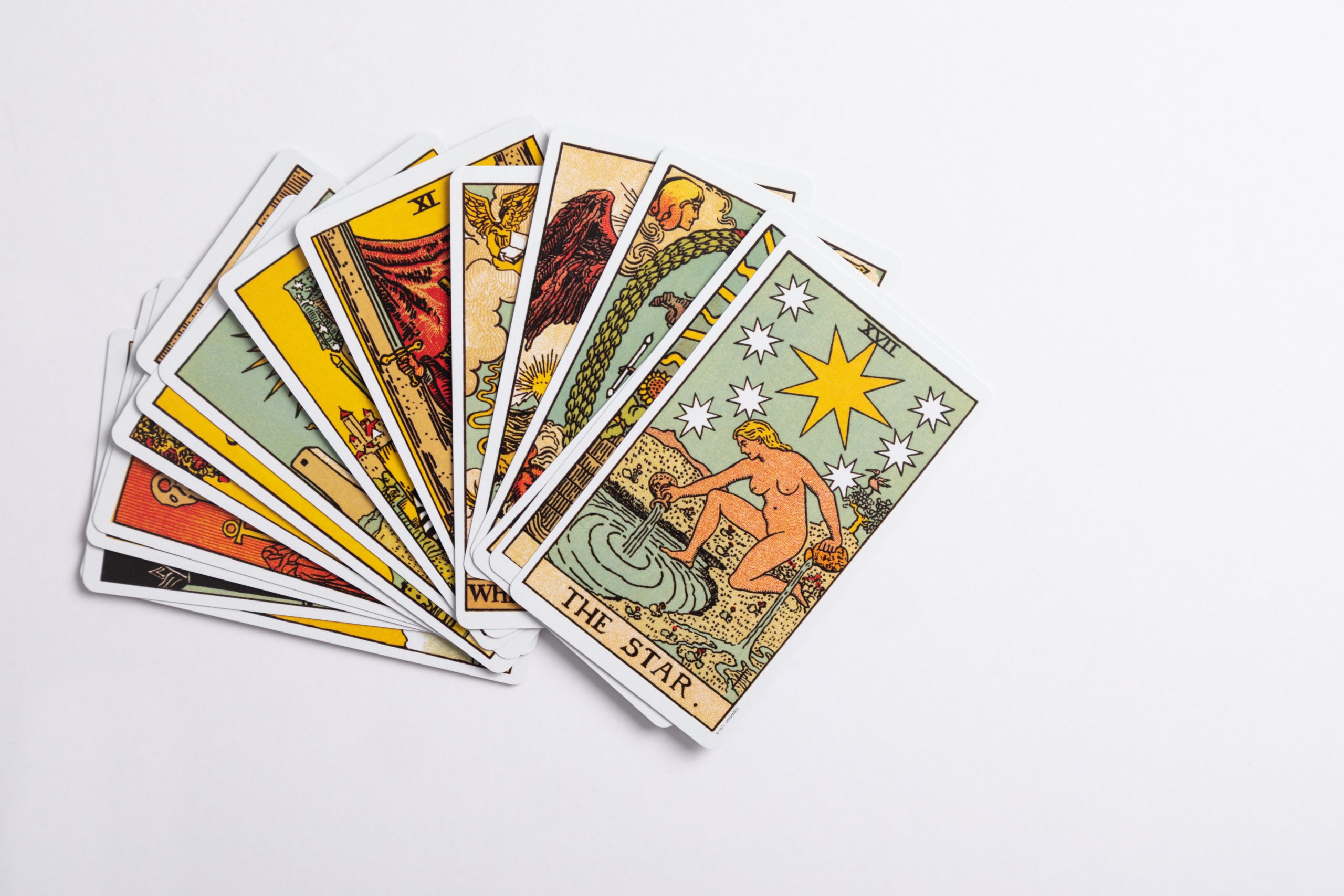Moon Cycle Period Calendar: A Comprehensive Guide to Understanding Lunar Phases
The moon has long fascinated humans with its mystical beauty and enigmatic presence in the night sky. Beyond its aesthetic appeal, the moon plays a crucial role in various natural phenomena, including the menstrual cycles of many living beings, including humans. In this blog post, we will explore the moon cycle period calendar, which allows individuals to track and understand the correlation between lunar phases and their menstrual patterns.
Understanding the Moon Cycle
The moon cycle, also known as the lunar cycle, refers to the recurring pattern of changes in the moon’s appearance as it orbits the Earth. It takes approximately 29.5 days for the moon to complete one full cycle, transitioning through various phases along the way.
The four primary moon phases are:
- New Moon: This phase occurs when the moon is between the Earth and the sun, making it invisible from our perspective. The new moon marks the beginning of a new lunar cycle.
- Waxing Crescent: As the moon starts to move away from the new moon phase, a small crescent shape begins to appear on its right side.
- First Quarter: The moon continues to wax and reaches the first quarter phase, appearing as a half-circle. This phase is often mistakenly referred to as a half moon.
- Waxing Gibbous: The moon continues to wax, revealing more of its illuminated side. It appears as a waxing gibbous, close to being a full moon.
After the waxing phases, the moon reaches its fullest and brightest stage, known as the Full Moon. Following the full moon, the moon enters the waning phases:
- Waning Gibbous: The moon starts to transition from its full state to a diminishing crescent shape, known as a waning gibbous.
- Last Quarter: As the moon proceeds through its waning phases, it reaches the last quarter, appearing as another half-circle, but on the opposite side of the first quarter.
- Waning Crescent: The moon continues to wane, and a diminishing crescent shape appears on its left side.
- New Moon: Finally, the moon completes its cycle, returning to the new moon phase, and the entire process starts again.
The Connection between the Moon Cycle and Menstruation
For many individuals, particularly those who menstruate, there is a noticeable correlation between the lunar phases and their menstrual cycles. Though the scientific evidence behind this connection remains inconclusive, anecdotal evidence and cultural beliefs suggest a link between the moon and menstruation.
The moon’s gravitational pull is known to affect Earth’s tides due to its proximity. Some proponents of the moon cycle theory propose that, just as the moon affects the tides, it may also influence the fluid levels within human bodies, including menstrual flow.
Those who believe in the connection between lunar phases and menstruation often note that the full moon aligns with increased fertility and heightened emotions, similar to the increased tides during this phase. Conversely, the new moon is associated with reduced fertility and an overall sense of calmness.
It is important to note that these connections may vary for individuals. Factors such as hormone levels, overall health, and lifestyle choices also influence menstrual patterns. Tracking your menstrual cycle using a moon cycle period calendar can help identify any potential patterns and correlations specific to your body.
Using a Moon Cycle Period Calendar
A moon cycle period calendar is a helpful tool for those interested in tracking their menstrual cycles alongside lunar phases. Such a calendar allows individuals to note the start and end dates of their periods and record any associated symptoms or emotional changes.
Creating a moon cycle period calendar is relatively simple. Here’s how you can get started:
| Phase | Dates | Menstrual Cycle | Notes |
|---|---|---|---|
| New Moon | January 1 – January 6 | Menstruation | Lightheadedness, cramps |
| Waxing Crescent | January 7 – January 12 | Pre-ovulatory | Energetic, increased libido |
| First Quarter | January 13 – January 18 | Fertile | High fertility, mood swings |
| Waxing Gibbous | January 19 – January 24 | Post-ovulatory | Decreased libido, bloating |
| Full Moon | January 25 – January 30 | Menstruation | Heavy flow, emotional |
| Waning Gibbous | January 31 – February 5 | Pre-menstrual | Irritability, breast tenderness |
| Last Quarter | February 6 – February 11 | Low fertility | Low fertility, fatigue |
| Waning Crescent | February 12 – February 17 | Menstruation | Light flow, fatigue |
By filling out a calendar like the one above, individuals can identify any patterns or similarities in their menstrual cycles across different lunar phases. This helps in gaining a deeper understanding of the connection between lunar phases and menstruation.
Conclusion
The moon cycle period calendar can be a valuable tool for those curious about the relationship between lunar phases and their menstrual cycles. While scientific evidence remains inconclusive, tracking and recording your menstrual patterns using a moon cycle calendar can provide insights into your body’s unique rhythms. Whether you believe in the direct influence of the moon or not, the moon cycle period calendar offers an engaging and introspective journey to understanding your menstrual patterns in conjunction with the moon’s celestial dance.
So, why not embark on this lunar exploration to unlock the secrets of your body and the captivating lunar phases?
Table of Contents
